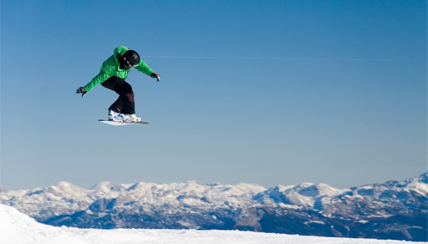Exercise-Induced Asthma: Cold Weather Activities
This information was reviewed and approved by David Tinkelman, MD (4/1/2012).
 Clinical Trials
Clinical Trials
For more than 100 years, National Jewish Health has been committed to finding new treatments and cures for diseases. Search our clinical trials.

 Unfortunately for people with
Unfortunately for people with